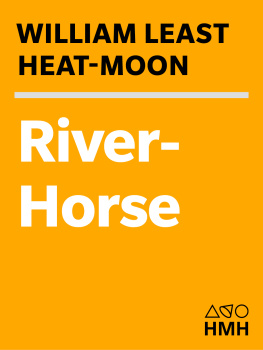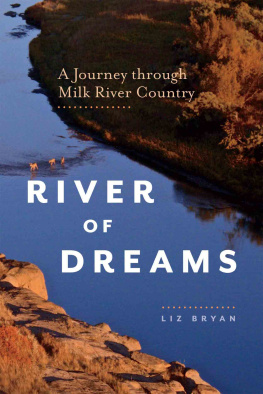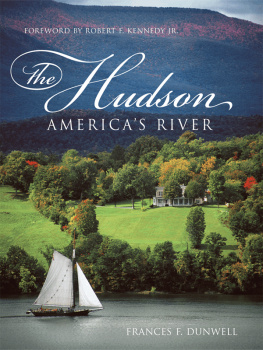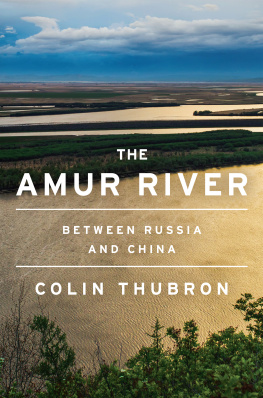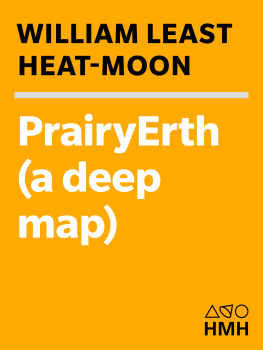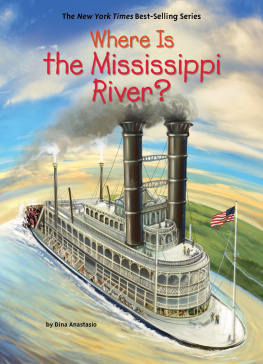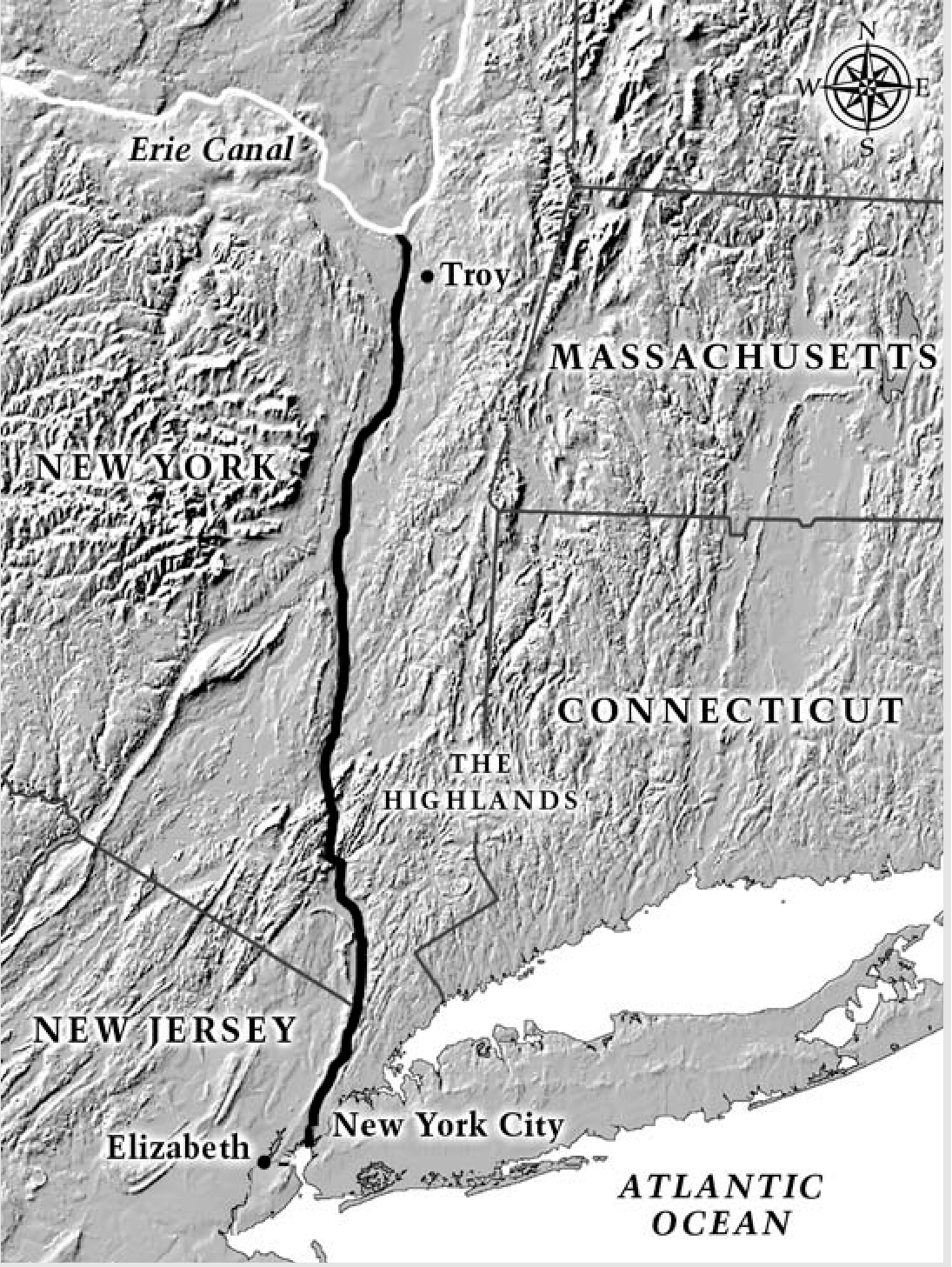Copyright 1999 by William Least Heat-Moon
All rights reserved
For information about permission to reproduce selections from this book, write to Permissions, Houghton Mifflin Harcourt Publishing Company, 215 Park Avenue South, New York, New York 10003.
www.hmhco.com
The Library of Congress has cataloged the print edition as follows:
Heat-Moon, William Least.
River-Horse : the logbook of a boat across America /
William Least Heat-Moon.
p. cm.
A Peter Davison book.
ISBN 0-395-63626-4
1. United StatesDescription and travel. 2. Heat-Moon, William LeastJourneysUnited States. 3. Inland navigationUnited States. 4. Boats and boatingUnited States. 5. Dories (Boats)United States. I. Title.
E169.04.H43 1999
917.304'929dc21 99-31517 CIP
e ISBN 978-0-547-52368-2
v1.1013
Text maps by Ray Sterner and Stephen M. Archer.
A landform atlas of the United States is available at http://fermi.jhuapl.edu/states/.
Title page lettering and endpaper map by Ed Richardson.
Endpaper drawing and painting on page of Nikawa by Rod Guthrie.
Photo credits: Robert Lindholm: pages .
My Lotic Mates
Without a copilot, there would have been no voyage, and so this book is for Pilotis who was these seven: Motier Duquince Davis, Robert McClure Lindholm, Linda Jane Barton, Jack David LaZebnik, Peter King Lourie, Robert Scott Buchanan, Steven Edward Ratiner.
The Boat
If you want the specifications: she was made of fiberglass laminate over an end-grain balsa core two inches thick, with a flat hull aft a V-shaped bow; just under twenty-two feet long and about eight in beam, approximately seventeen hundred pounds empty, with an eight-inch minimum draft and about thirty inches when motored and loaded; called a C-Dory and built near Seattle in January 1995. The boat readily fit onto a small trailer.
She had only essentials: a compass, a depth finder, paired tachometers, and gauges for each of the two fifty-eight-gallon tanks that fueled the twin forty-five-horsepower, four-stroke Honda engines (efficient and environmentally advanced). The single window-wiper worked by hand-crank. Our radio was an Apelco marine-band pocket model. To save weight and increase range, we did not fill the freshwater reservoir, and to avoid head duty and have another reason to stop in river towns when we came across them, we left behind the chemical toilet.
Forward in the cuddy was a cramped V-berth, and in the pilothouse (headroom, six feet two inches) we could make a second, if narrow, bunk by lowering the small navigation table. Aft the pilothouse was an open cockpit or welldeck covered with a blowsy canopy, a nice place for sitting, sipping, and watching when we moored.
The hull, with molded lapstrakes to throw off spray, derived from the classic American dory perfected in the eighteenth century to carry fishermen into the rough coastal waters of the northeast Atlantic. Our C-Dory was not fast, but she was stable, sturdy, maneuverable, re-sponsive, and yare. The fusion of her fiberglass upper and lower parts in effect made the boat a single unit. (Atop the pilothouse we carried a nine-foot, one-person Keowee kayak for places even the flat-hulled dory couldnt enter. For the shallowest rivers, we had a square-stern, seventeen-foot aluminum Grumman canoe and a tiny four-horsepower Evinrude motor which, when off the water, traveled with the trailer.
If you imagine a Maine lobster boat crossed with a turn-of-the-century harbor tug, you have our C-Dory, Nikawa, a name I coined from the Osage words ni, river, and kawa, horse, and pronounced Nee- KAH -wah. Indeed, she was a tough but sweet little river horse.
On the forward bulkhead, near the helm, I attached a wooden plaque, a proverb from the Quakers: PROCEED AS THE WAY OPENS . Aft, above the door to the welldeck and motors, I put up another, this one from Joseph Conrads Heart of Darkness, the advice Marlow receives before ascending the Congo River: AVOID IRRITATION . I have spent my life trying to practice such simplicities, and when I fail, paying the costs; in April of 1995, we, my copilot and I, set out to test those admonitions in a venture of some moment and considerable chance.
I
THE HUDSON RIVER
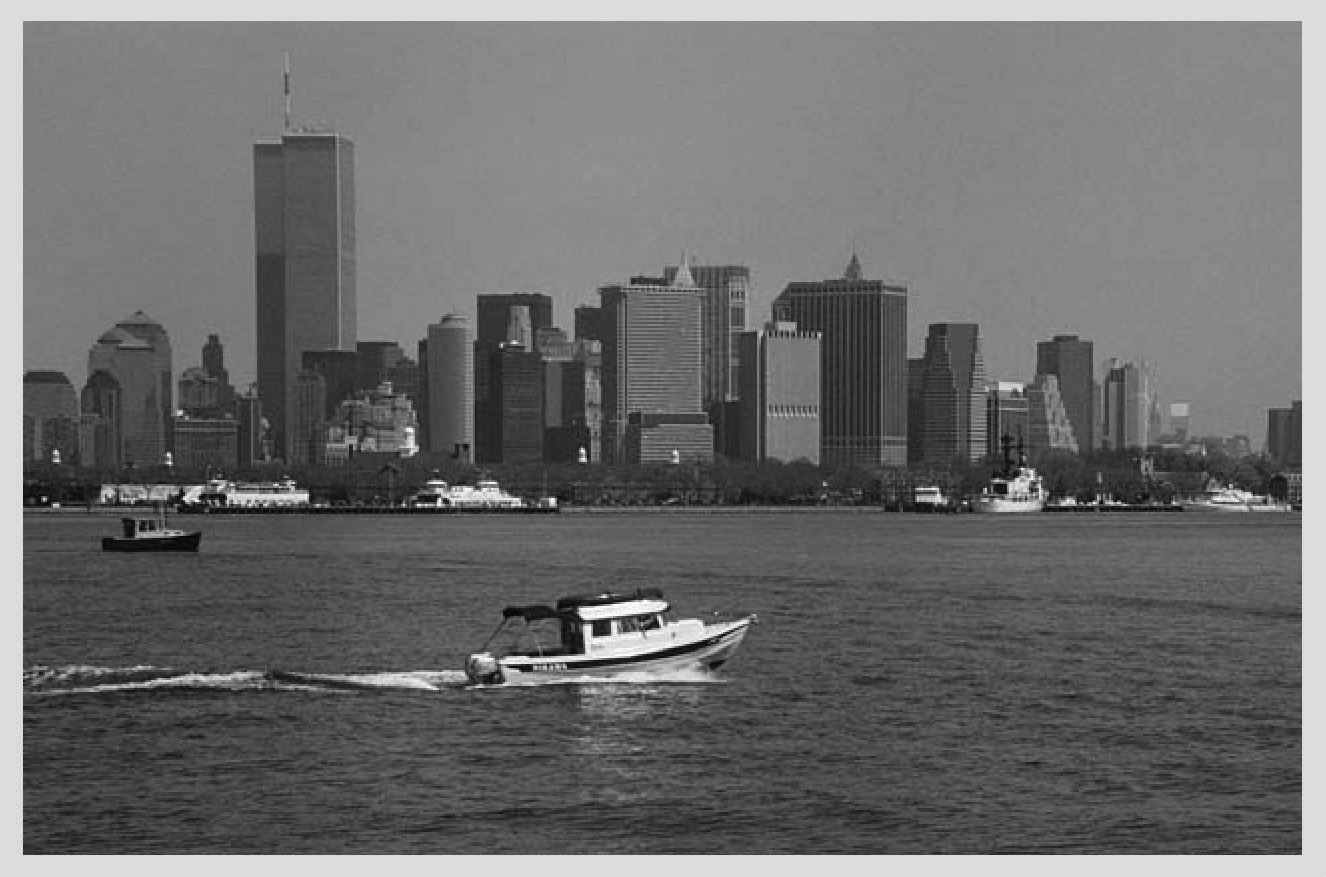
NIKAWA IN NEW YORK HARBOR
Iconogram I
The bulk of the water in New York Harbor is oily, dirty, and germy. Men on the mud suckers, the big harbor dredges, like to say that you could bottle it and sell it for poison. The bottom of the harbor is dirtier than the water. In most places, it is covered with a blanket of sludge that is composed of silt, sewage, industrial wastes, and clotted oil. The sludge is thickest in the slips along the Hudson, in the flats on the Jersey side of the Upper Bay, and in backwaters such as Newtown Creek, Wallabout Bay, and the Gowanus Canal. In such areas, where it isnt exposed to the full sweep of the tides, it accumulates rapidly. In Wallabout Bay, a nook in the East River that is part of the Brooklyn Navy Yard, it accumulates at the rate of a foot and a half a year. The sludge rots in warm weather and from it gas-filled bubbles as big as basketballs continually surge to the surface. Dredgemen call them sludge bubbles. Occasionally, a bubble upsurges so furiously that it brings a mass of sludge along with it. In midsummer, here and there in the harbor, the rising and breaking of sludge bubbles makes the water seethe and spit. People sometimes stand on the coal and lumber quays that line the Gowanus Canal and stare at the black, bubbly water.
Joseph Mitchell
The Bottom of the Harbor, 1951
A Celestial Call to Board
F OR ABOUT HALF A LEAGUE after we came out of the little harbor on Newark Bay at Elizabeth, New Jerseywith its strewn alleys and broken buildings, its pervading aura of collapse, where the mayor himself had met us at the dock and stood before a podium his staff fetched up for him to set his speech on, words to launch us on that Earth Day across the continent as he reminded us of history here, of George Washington on nearly the same date being rowed across to New York City on the last leg of his inaugural journeyand for the half league down the Kill Van Kull (there Henry Hudson lost a sailor to an arrow through the neck), we had to lay in behind a rusting Norwegian freighter heading out to sea with so little cargo that her massive props were no more than half in the water and slapping up a thunderous wake and thrashing such a roil it sent our little teakettle of a boat rolling fore and aft. I quickly throttled back, and the following sea picked up our stern and threatened to ride over the low transom into the welldeck. We had no bilge pump to empty it, and the cabin door stood hooked open to the bright blue April morning and the sea air of New York Bay.
My copilot roared, Dont cut the motors so fast when were riding a swell! Youll swamp us! Only ten minutes out, we were nearly on our way to the bottom, sixty feet below. I turned toward the stern to see the bay rear above the transom just before the water raised Nikawa high enough to let the next wave ride under and shove her fast toward the chopping props of the freighter. Then her bow slipped down the other side of the swell, we pulled away from the big screws, and I idled to let the deep-water tramp move ahead until I got an open lane on her port side. We pushed past, cut through the wake of the Staten Island Ferry, and headed on toward the Atlantic.
Next page
